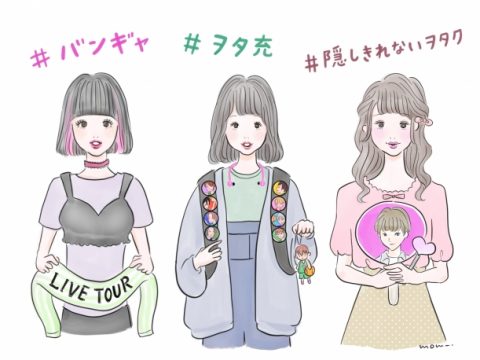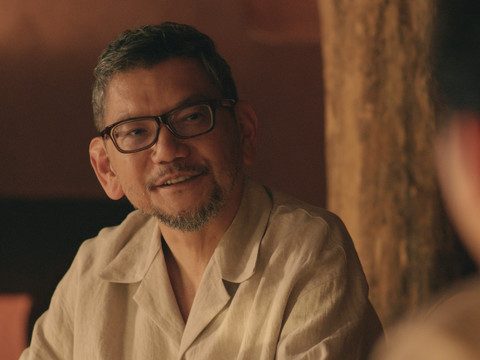“What are you doing here? Sightseeing?”
“I’m here to see the Pedestrian Paradise re-opening.”
“Oh, it’s just the street closed off, it’s gonna be pretty boring. Why not come with me instead?”
She had just passed me a flyer for one of those maid escort services wherein I’m taken on a moe-moe walk around town. If this were the streets of Kabukicho and it had been pay-day, I’d probably have happily obliged having the lady in her frilly hat to take to whatever questionably-funded bordello of pleasures she had in mind. However, it was Sunday morning and your intrepid (and long overdue; miss me, fellas?) writer/photographer was running on the last of his self-imposed pocket money for that weekend. There was no time and, as a young foreigner in Japan, no need to pay some teen girl to pretend to cater to my camera addiction. There was a greater, far more personal mission.
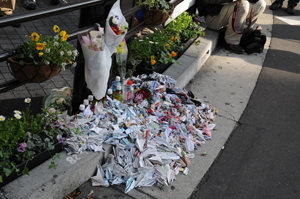 You see, dear reader, I started my tour of duty here in Nippon at the end of July 2008, not even 2 months after the Akihabara Massacre in early June of that year. In an instant, gone were the infamous street performances and the Carnivale spirit that seemed to define the place that gained its arguably overstated reputation for being the heart and soul of all things otaku.
You see, dear reader, I started my tour of duty here in Nippon at the end of July 2008, not even 2 months after the Akihabara Massacre in early June of that year. In an instant, gone were the infamous street performances and the Carnivale spirit that seemed to define the place that gained its arguably overstated reputation for being the heart and soul of all things otaku.
While I still made a point to drop into Akiba every now and again, it was hard to see what made the place so appealing. Oh, sure there were still anime girls plastered all over the walls, but honestly, just about every major city in Japan from Saitama to Hokkaido has at least a Gamers, Sofmap or even Melon Books to scratch the itch for all things geek. It just felt like any other part of Tokyo except that girls in aprons hustling you for tea and cheesecake replace the burly Nigerians trying to hustle you for a beer.
Zac Bertschy echoes the sentiments of many others when he referred to it as a “fading Mecca” in his ANNCast show last year. Even the Akihabara guided audio tour that our own Dear Leader Patrick Macias is featured in was full of Makoto Shinkai-esque longing for The Good Ole Days, constantly riddled with references to what wasn’t there anymore as much as what was there now.
Being on the streets makes it hard to argue with that assessment: the Gundam Café was an overcrowded disappointment, if financial success; the increasing amount of permanently closed shutters in the backstreets; and the killing blow: the recent announcement of plans to take down the famous Radio-Kaikan while opening the atrocity that is Atre. Imagine if someone closed down Broadway and replaced it with a row of AMC Cinemas and you get the idea of what a slap in the face the Powers That Be are giving to the spirit of the place.
After that extended digression, the point is that the reopening of the Hokusha Tengoku—the Pedestrian Paradise—was the proverbial carrot on a stick that had been held in the collective faces of curious tourists and dedicated fanboys alike for all too long. The people in charge were not unaware of this either. They knew that holding the Main Street closed wasn’t going to fly. Not after 35 years of violence-free, if not occasionally overly festive, displays. They also knew that the actual residents of the place weren’t going to stand for the silliness. It’s bad enough when your home is right next to the retro game store Super Potato blasting out old Famicom tunes into your window, but having a girl flashing her panties on the streets as opposed as the train station stairs was too much. Over two years later, they finally found a solution in the form of playing Big Brother (or should we say “Onii-san?”).
Following a solemn moment of silence as everyone faced the street corner where the tragedy occurred, countless camcorders and live-streaming smartphones were trained on various officials of Chiyoda ward. It could be seen as the town’s revenge that half of their speeches were drowned out by the booth for the maid dating sim Dream Club Zero that lay behind, blaring out pop music almost as vapid as the canned statements at the opening ceremony. “We shall not ever let this happen again,” “The victims surely must be smiling from above on us,” were the touching platitudes serving as the sugar for a bitter medicine: “We have installed several new security cameras” and “Please tell anyone doing a performance that they can’t do that here.” All while a group of mostly older men and women donning blue vinyl vests emblazoned with “Akiba 21 Patrol” are seated front row, ready to peform their duty in a way that would make the old men now patrolling and harassing passers-by in Shibuya proud.
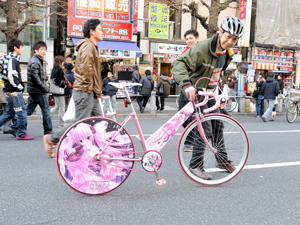 Otherwise, there was a sense of liberation in the air. Several spontaneous bursts of applause and hollers from the crowds erupted as everyone walked freely on the Akihabara Chuo Dori for the first time in what felt like ages. While the old men carried their signs advising to “Follow the rules” which were also festooned on the streets, people took photos of each other walking on the streets for the first time. High schoolers gave each other piggy-back rides, aspiring pop idols walked around promoting their shows at Dream Stage, and, of course, men wore pink maid dresses.
Otherwise, there was a sense of liberation in the air. Several spontaneous bursts of applause and hollers from the crowds erupted as everyone walked freely on the Akihabara Chuo Dori for the first time in what felt like ages. While the old men carried their signs advising to “Follow the rules” which were also festooned on the streets, people took photos of each other walking on the streets for the first time. High schoolers gave each other piggy-back rides, aspiring pop idols walked around promoting their shows at Dream Stage, and, of course, men wore pink maid dresses.
Onii-san may be watching, but be damned if the people are going to forget what the place is supposed to stand for.


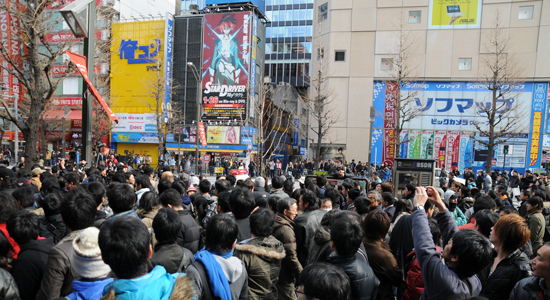
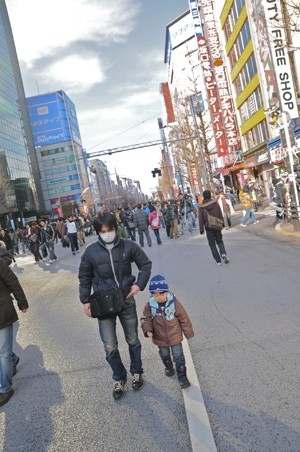
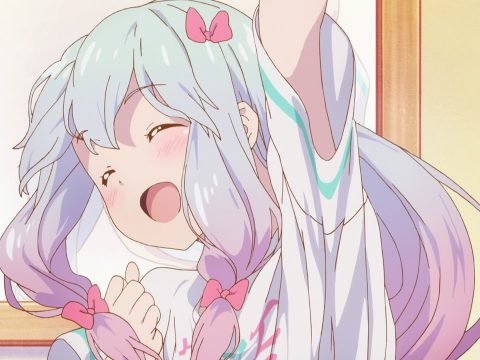
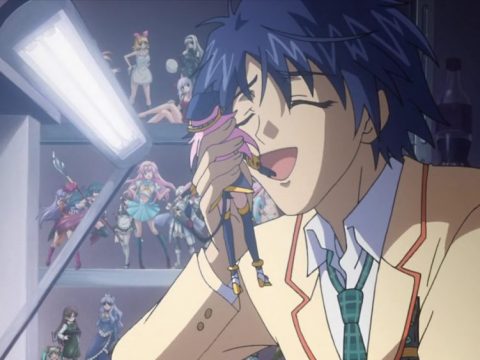
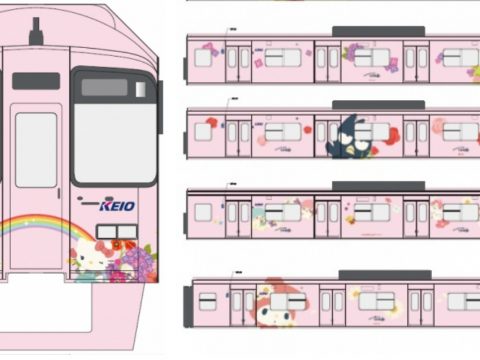
![Doc Big in Japan Offers A Guide on How (or How Not) to Get Famous in Japan [Review] Doc Big in Japan Offers A Guide on How (or How Not) to Get Famous in Japan [Review]](https://otakuusamagazine.com/wp-content/uploads/2018/07/biginjapan01-480x360.jpg)
